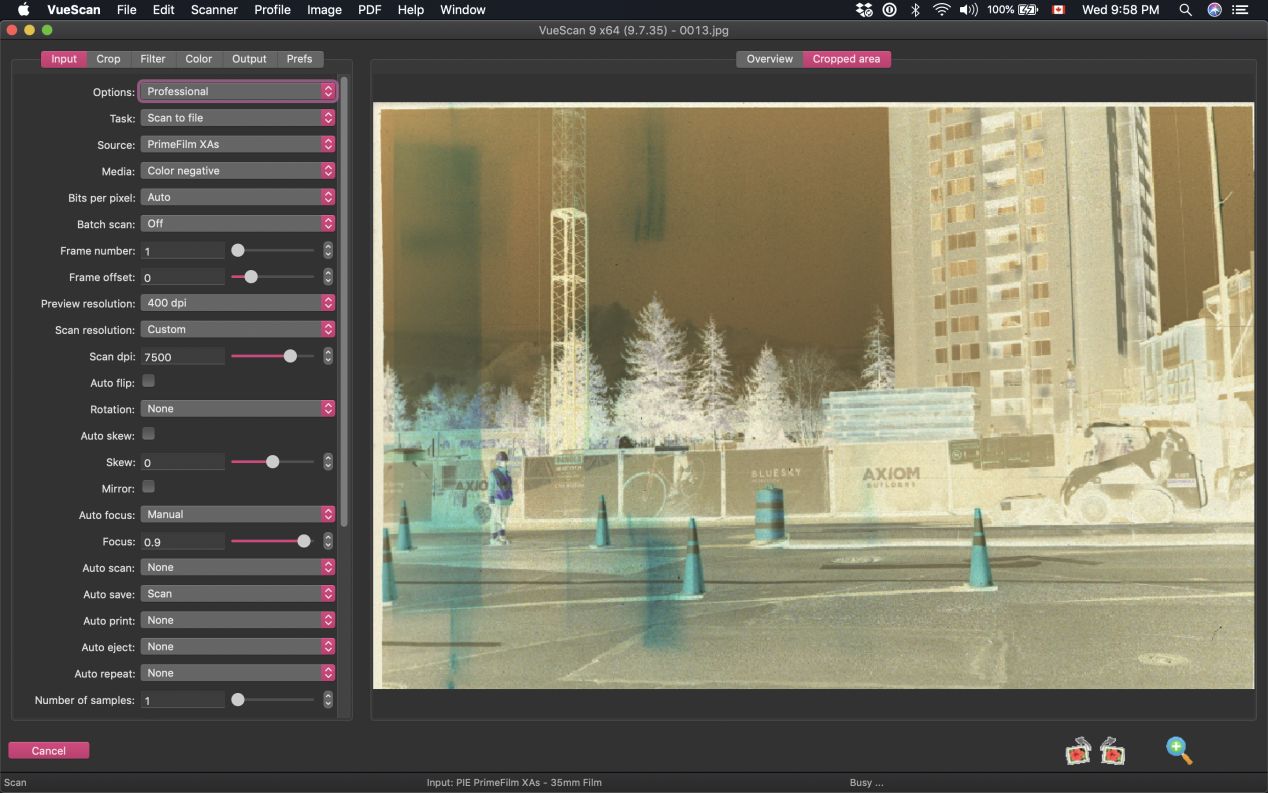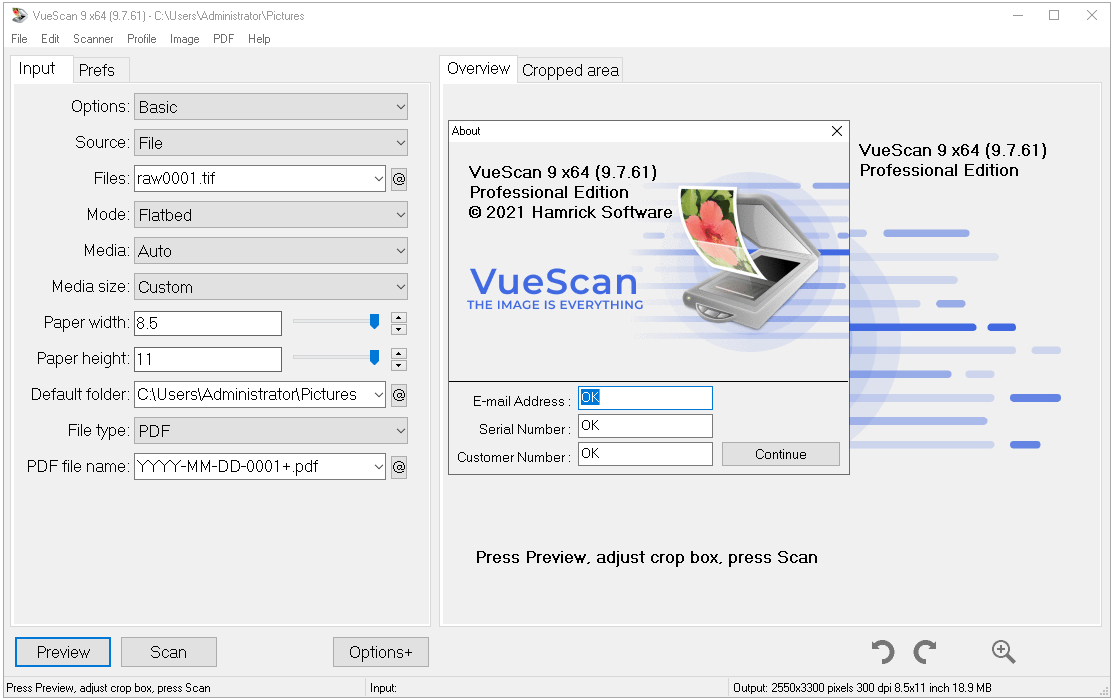

Work on holding film flat, Roger Smith & Tim Lookingbill's excellent advice and knowledgeįrom personal scanning experience, etc. Erik Krause's super advanced workflow, Mendel Leisk's

unfortunately, most are discussed in theīowels of these technical forums. Such scientific solutions have been found. Made us seek out more involved, sensible, and scientific solutions to the art of scanning. I believe most of us have probably experienced something like this, on some level, that That's when a beautiful magenta sunset scanned as blue in NikonScan. crazy colors you sometimes see out here in the Got into shooting 'at the edge of light'. One day, I decided to try some more 'professional' film hence, the Kodak UC100. Shots scanned just fine using Nikon LS-4000. Run-of-the-mill films (Fuji, Kodak rolls you find at Walmart) with typical standard scenery In understanding color science, color management, and scanning. Kodak UC100įilm happens to be the entire reason I embarked on a long, tortuous, years-long journey Interestingly enough, this thread began asking about Kodak UC100 film. I'd like to contribute a bit of my experience here. Wow, put us all together and maybe one day we *might* come up with ONE good,ĭefinitive, final method for scanning film. One thing's for sure, getting color right in C41 scans will always require some knowledge, effort and a good sense of color. Sometimes they can provide good starting values to tweak from, but often they're so far into left field that it's not worth bothering.ĭifferent strokes, I guess. Like most autocolor routines, I find these get things wrong as often as they get them right, depending on the image. Among other things, I want to be sure the initial scan is of reasonable quality before I move on to PS.Īnd then there's "snap neutral midtones" and "find dark and light colors".

I find invert-in-ps workflows to be too work intense and too variable for my tastes, and simply prefer to have all major color and gamma issues set in the initial scan. In any case, it's easy enough to make a slight adjustment in exposure if you believe an individual frame is off. I say "pretty well" because there is some variability in things, and for reasons that escape me, sometimes Vuescan just does goofy stuff. Setting exposure to deal with the least dense part of the film in Vuescan has always worked pretty well for me for C41 scans. And Erik Krause obviously advocates a different approach for Nikon scanners as well if Vuescan is being used. Even Ian Lyons, in the tutorial you reference, suggests Vuescan as an alternative, and admits that his method is far from perfect. Neither Silverfast nor Vuescan have this issue in their color negative modes.
#Vuescan settings for 110 film software
Mendel - The major rationale for scan-as-positive-invert-in-PS workflows has always been to eliminate the strong clipping and ridiculous contrast implemented by some scanning software in color negative mode. Basically what he's doing is to use the locked filmbase offsets to calculate corresponding analog gain settings and then use those, and that should be a near ideal method. Roger - thanks for the pointer to Erik Krause's "super advanced workflow". Still in PS, improve contrast/highlight detail with curves, raise saturation a little, apply possibly apply second levels adjustment with no clip and "find dark and light colors" and "snap neutral mid-tones". Open in Photoshop, invert, clip bare minimum with Levels dialogue, using "by channel" and "snap neutral mid-tones".ģ.

By the time you eliminate the mask, the blue channel is usually really cranked up, scan times take forever, and the gain is nothing that can't be achieved in Photoshop, as follows:Ģ. In other words, make sure no channel is clipping, but don't attempt to eliminate the mask, balance the 3 channels, etc. Use the software's auto-exposure function, and adjust it's settings by adjusting all 3 channels in unison so as to avoid clipping of any channel. Scan as a slide, using the scanner's supplied software (or perhaps Vuescan), outputting a 16 bit per channel (regular) tiff. My best, and most efficient, results to date are:ġ.
#Vuescan settings for 110 film manual
My usual experience with Vuescan and color negative film is to start out with high expectations, then start noticing a cast, and muddling with manual color balance and red/green/blue brightness, and never really getting anywhere. Regarding the VS profiles, "Generic Color Negative" is the only one giving halfway decent results. It seems to me when you tick "lock exposure" you're commiting to one setting, and for me at least, it didn't work that well. I went through the Vuescan advanced workflow instructions, carefully and accurately I think, and found I was getting underexposed looking results on many frames.


 0 kommentar(er)
0 kommentar(er)
